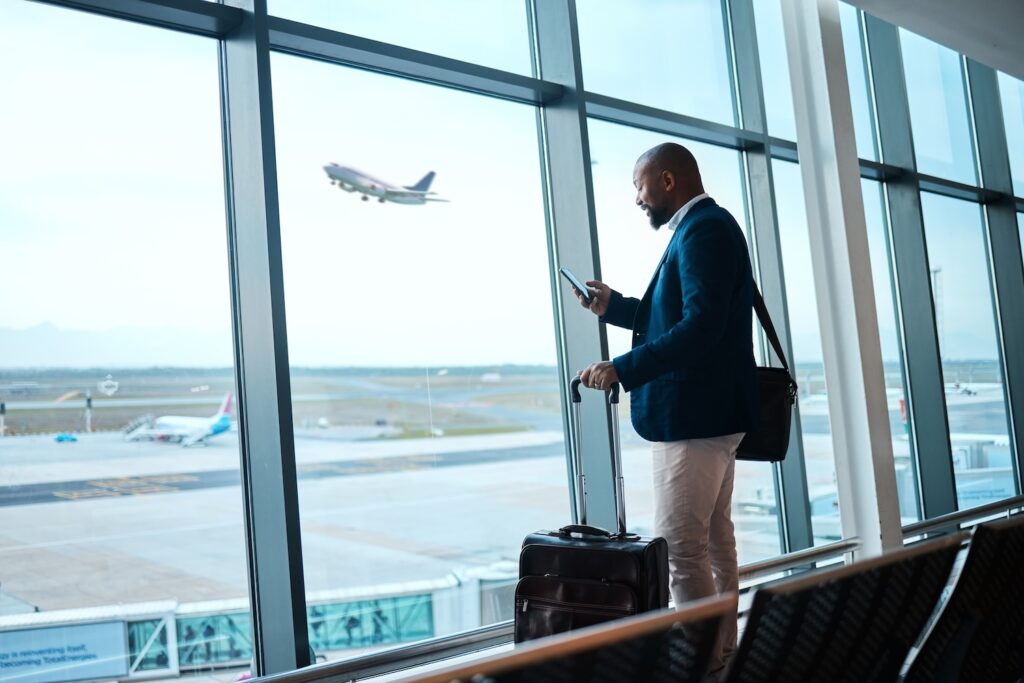Estimated reading time: 4 minutes
Just in time to budget for 2026 incentive travel programs and beyond, the Incentive Research Foundation (IRF) and SITE have released the annual Incentive Travel Index. This study reaches across the industry – from corporate planners to third party incentive companies to vendor partners – for the most complete view available of the incentive travel trends in both design and budgets.
As the current Chair of the Board of Trustees of the IRF, and the past chair of its Research Committee, this is a study I always read with interest, as it helps to guide the team at Next Level and our clients in planning for 2026 programs and beyond.
Here are the key takeaways for this year:
Incentive travel budgets are up

Across the board, the industry is reporting rising costs:
- 50% of respondents report an increase in hotel costs
- 47% of respondents report an increase in air cost
- 45% of respondents report an increase in food & beverage costs
The average per person spend among North American companies is now $5,400, with 58% of respondents spending more than $5,000 per person. It is very important to keep in mind that this is among all industries and doesn’t consider length of program, distance or cost of air travel, and whether programs (or their audiences) are international or domestic.
Here at Next Level, we can confirm that the combined effect of high demand, inflation, and increased labor costs sparked a significant increase over the last three years, especially in hotels and in food and beverage. Air costs seem to have plateaued or stabilized, however.
Demand is still very high

More than half of respondents expect increase in spend and/or in number of programs.
Despite the pressures of recovery from a pandemic, global political unrest, an election year in the United States, and high costs, demand is brisk.
This speaks to the level of importance ascribed to incentive, recognition, and engagement programs as a business strategy, in good times and in bad. In fact, program owners report viewing incentive travel as a “strategic differentiator.”
Program owners are using incentive travel in a more flexible way, among a suite of rewards and recognition, to not only drive the bottom line, but to reach a wide audience and influence company culture:
- Tiers are trending. This can take the form of multiple incentive travel programs or incentive travel paired with platform rewards.
- 40% of senior leaders are focused on “managing incentive travel programs for more financial ROI.”
- 53% of senior leaders are focused on incentive travel “playing a more distinct role in motivation and culture building.”
Program design trends are emerging
A few incentive travel planning trends stood out to me in reviewing the results of the study:

- New destinations are still the #1 goal. When demand surged after the pandemic, there was strong interest in new places and new experiences. This is still a driver in program destination selection.
- All-inclusives are gaining ground. Not only are there new options in the market, this is a great way to off-set some of the budget pressures of the last years and it shows in the data.
- Programs a shorter distance from home are trending, and many buyers report safety concerns impacting destination selection.
- Continuing the trend of the last couple of years, free time still ranks as a highly prized activity
Overall, the marketplace reports a period of brisk demand, higher budgets, and an increased understanding of incentive travel’s place in a strategic approach to motivation and company culture.
With the on-going demand, here at Next Level, we recommend booking a program well in advance to take advantage of the best rates and availability.
Let’s talk about how we can help you keep your program fresh, motivating, and on trend, and check out some of our most impactful incentive travel events!
Read our latest insights
- Top Five Takeaways from the 2025 Incentive Research Foundation Invitational
- Must-Haves for Your Next Incentive Travel Program
- The Power of Customer Loyalty: Your Key to Driving Business Growth
- Effective Ways to Motivate Employees and Refocus Your Team Through Recognition
- Next Level Performance Continues Commitment to Community in 2024



